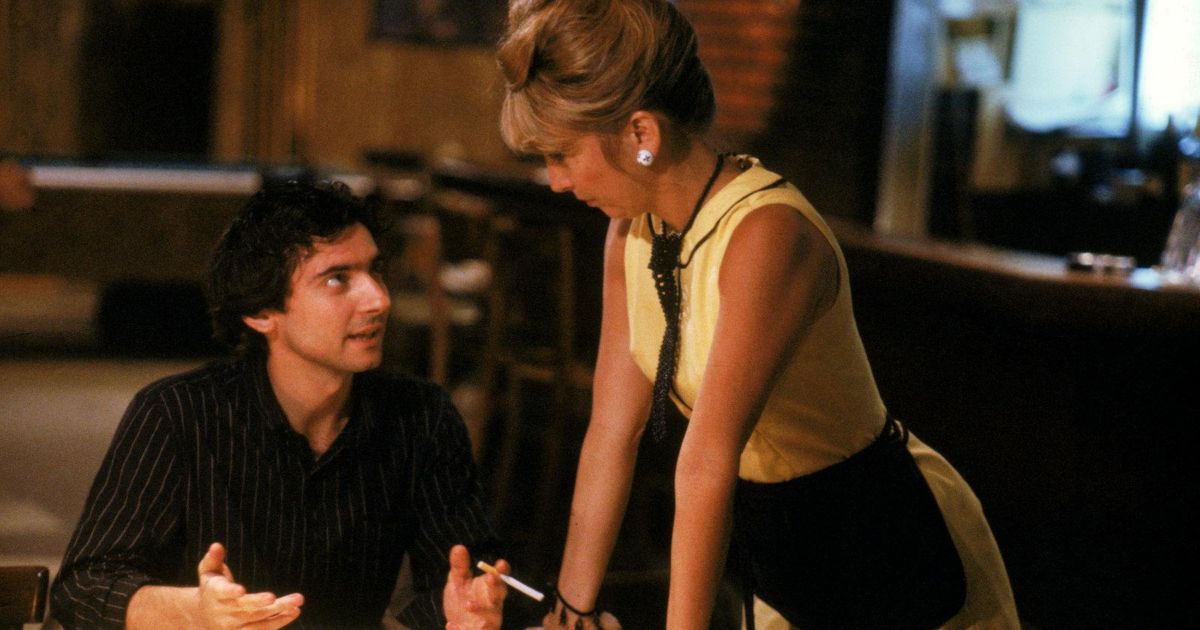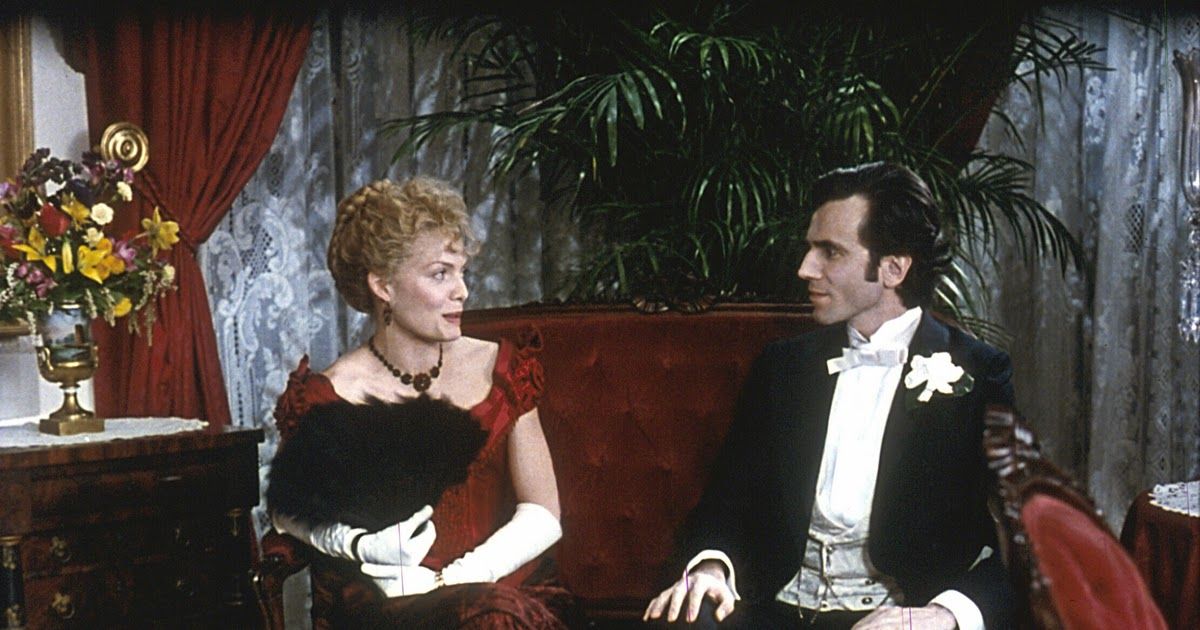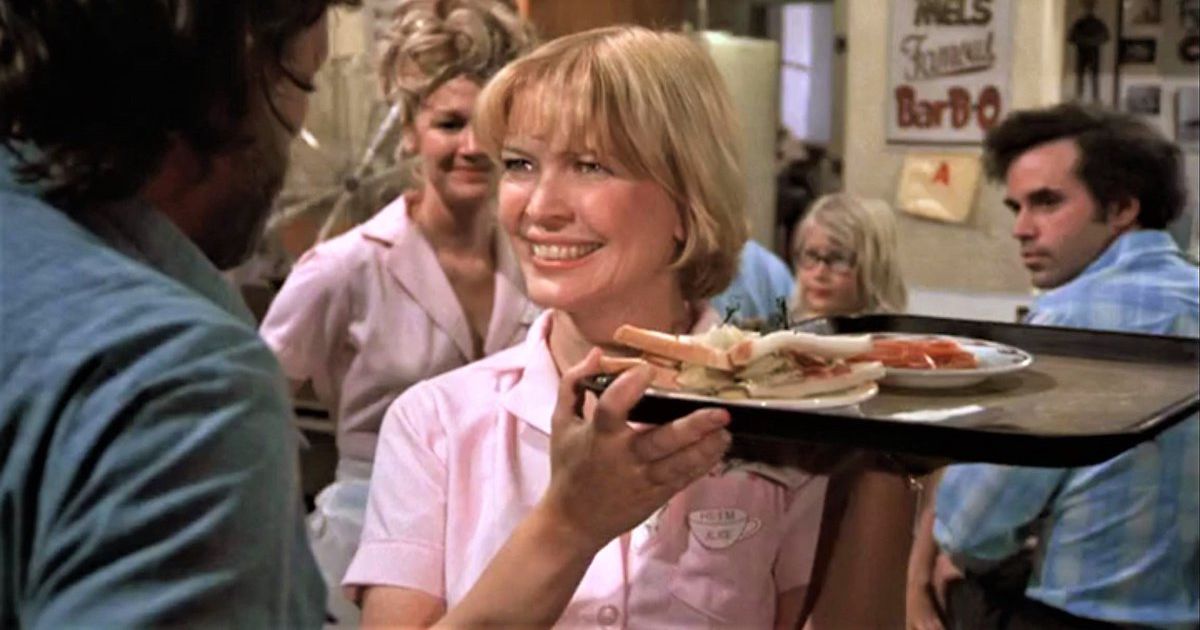Two sets of fingers is not enough to count the masterpieces of world-class director Martin Scorsese. From high-octane mob dramas, to intense, gritty character studies, to enduring period pieces, Scorsese has done it all - and has rarely failed. Scorsese made his first feature film all the way back in 1967, with Who's That Knocking at My Door starring Harvey Keitel. Despite his age, the director continues to dazzle a worldwide audience today; his upcoming film Killers of the Flower Moon, with Leonardo DiCaprio and Jesse Plemons, promises to be one of the high points of this year.
Update September 6, 2023: In honor of the upcoming release of Killers of the Flower Moon, this list has been updated by Amira Abdel-Fadil to include even more underrated films from Martin Scorsese.
Scorsese's filmography is absolutely staggering in length, with twenty-five feature-length narratives and sixteen feature-length documentaries to date. His highest-grossing film was 2013's The Wolf of Wall Street, which made close to $400 million, and the director's films have been nominated for over 70 Academy Awards. Due to Scorsese's truly unparalleled reputation in Hollywood and our hearts alike, it's sometimes hard not to find oneself lost in his milieu of films, which seems to be getting bigger every year with anticipation for his upcoming film Killers of the Flower Moon already gaining strong early word of mouth. Although Scorsese's most talked-about films, like Goodfellas and Taxi Driver, are cinematic masterpieces, it's important to dignify some of the director's other work that might not be name-dropped as often at parties or in 100-level film classes. Here are Scorsese's most underrated films.
10 New York, New York (1977)
New York, New York is a music-themed film that stars Liza Minelli, Robert De Niro, and Lionel Stander. Set post-World II, it tells the story of two individuals deep into the world of music. Jimmy, a saxophone player, and Francine, a singer. When their world collides, they become a musical duo and quickly enter a romantic relationship. However, as time progresses, their ambitions skyrocket, and their relationship becomes volatile.
The motion picture is a musical gem. Lizza Menelli gives a wonderful performance as Francine, especially when she captivatingly sings New York, New York. De Niro also learned to actually play the Saxophone for the film, although his arrangements were actually dubbed during post-production. With beautiful sets and cinematography, the film is definitely underrated.
9 The Color of Money (1986)
Starring two beasts of the screen - early-career Tom Cruise and late-career Paul Newman - The Color of Money follows the high-stakes world of competitive pool playing, pitting two egos as big as the actors behind them against one another. The film serves as a sequel of sorts, to Robert Rossen's 1961 film The Hustler, which follows Newman's character's rise to fame. Although The Hustler is widely regarded as the more masterful film, and The Color of Money is rarely looked upon as one of Scorsese's must-see features, the movie is without a doubt, still incredibly compelling in its own right.
Throughout the entirety of the film, Scorsese is able to imbue the hazy pool halls with a profound sense of emotion and tension through artful camera work that allows us to understand these characters psychologically as well as physically. The Color of Money has been overlooked over the years, but it's the perfect choice for a film that can entertain as much as it can provoke and analyze.
8 The Last Temptation of Christ (1988)
The Last Temptation of Christ has been a constant source of controversy since its release, with many religious groups incensed by its humanistic portrait of Jesus Christ. Ironically enough, this quality is also what happens to garner the film with the highest praise across film circles; Scorsese's unconventional approach to Jesus of Nazareth is deeply moving and insatiably provocative on many levels. In the film, which Scorsese had considered his passion project, Jesus is depicted as a man with doubts, fears, and the capacity for fallibility, just like the rest of us. Willem Dafoe is completely enamoring in one of his most phenomenal, and also most unique, performances yet.
However, it is more than simply Dafoe's performance and the film's timeless source material that makes it so great - the direction, writing, cinematography, and haunting score by Peter Gabriel all come together to make the film truly unforgettable.
7 The King of Comedy (1982)
There are few films that perfectly capture the essence of their times while still managing to remain deeply relevant today. The King of Comedy is one such film, with its bleakly hilarious commentary on things like greed and celebrity worship. As such an offbeat, unpredictable satire, the film is certainly unlike anything Scorsese had made up until that point - a roster that then consisted of the far grittier Taxi Driver and Mean Streets.
However, The King of Comedy proved that Scorsese was far more than a one-note director, only capable of producing dark realist films. Featuring a sensational performance from Robert DeNiro as sociopathic comedian Rupert Pupkin, The King of Comedy is as enjoyable as it is partly terrifying.
6 Bringing Out the Dead (1999)
Based on James Connelly's eponymous 1998 novel, Bringing Out the Dead is one of Scorsese's most brooding yet oddly ethereal and dream-like works. The film follows Nicolas Cage as troubled paramedic Frank Pierce, who is haunted by the ghosts of New York City - the lives of those he could and could not save. We follow Pierce on a three-day hallucinatory journey through Hell's Kitchen as he brushes in and out of sanity and develops a connection with the daughter of a patient, Mary Burke.
The film does not try to moralize Frank's character nor the banal depravity of the city at large; rather, Scorsese captures these moments only as they are, a surreal in-limbo between horror and normality. Bringing Out the Dead might be Scorsese's most haunting, and in a way, one of his darkest films - it's also one that will linger with the audience for a long time after viewing.
5 Cape Fear (1991)
Cape Fear is another film where Scorsese's long-term collaborator, Robert De Niro, stars in the lead role and is certainly one of the actor's scariest roles. Starring Nick Nolte and Jessica Lange, Cape Fear is a crime thriller that follows Max Cady, a man who assaulted a young girl ruthlessly, after spending his prison sentence, he decides to plot revenge against the lawyer who failed to defend him. He plays on the idea of guilt. The film is a remake of the 1962 film of the same name. Intense, claustrophobic, disturbing, and suspenseful, De Niro will completely freak you out in this film.
4 After Hours (1985)
Thirty years before Good Time came Scorsese's darkly unhinged masterpiece After Hours. Griffin Dunne plays word processor Paul Hackett, who, after rendezvousing with a woman he met in a café earlier that day, cannot seem to get home when his money goes flying out a taxi window. What ensues is an outrageous nighttime adventure complete with one bizarre, life-threatening encounter after another.
Many critics have considered what the "point" of After Hours might be - is it a metaphor for life in the city? Life itself? But After Hours requires no explanation in order to be excruciatingly satisfying. Indeed, the need for an explanation - why his journey seems to be connecting myriad disparate events - is what drives Paul the craziest throughout the film. We witness the brilliant, controlled unraveling of Paul's sanity and can't help but relish how our own is unraveling, too.
3 The Age of Innocence (1993)
One of the most beautiful and refined period pieces ever put to screen, The Age of Innocence explores a deeply passionate relationship through the qualities that seem inimical to it - subtlety, precision, and restraint. This is what makes the film such a marvel, both aesthetically and thematically. Starring the utterly brilliant Daniel Day-Lewis and Michelle Pfeiffer, The Age of Innocence follows wealthy lawyer Newland Archer (Lewis) along with his engagement to the sweet socialite May Welland (Winona Rider).
However, Newland soon begins an affair with May's cousin, the estranged Countess Olenska (Pfeiffer), and the stability of their reality is slowly released from its moorings. On the surface, The Age of Innocence is quiet, elegant, and gracious, just as its title would infer. Yet bubbling beneath the language of its characters is violence and desire not un-similar to what's put on the surface in Raging Bull and Goodfellas. For a period drama, let alone one made by Scorsese, The Age of Innocence is one of a kind - ought to be seen more and savored with care.
2 Alice Doesn't Live Here Anymore (1974)
Alice Doesn't Live Here Anymore is a lesser-known Martin Scorcese film but one of his best. In this film about second chances in life, actress Ellen Burstyn gives a stunning performance full of range, one of the most pivotal in her career. She plays the role of a recently widowed woman who has to figure out how to take care of her son and make ends meet.
The film is now best known for being the launching point of the popular sitcom Alice, yet the film is certainly a more dramatically heavy film than the series. This is one of Scorsese's first films and is a great rebuttal that he only directs gangster movies. Alice Doesn't Live Here Anymore is a dramatic and heartfelt movie.
1 Silence (2016)
Starring Andrew Garfield, Adam Driver, and Liam Neeson, Silence was a passion project of Scorsese's that took years to be realized on screen. Set in the 17th century, the film is based on Shusaku Endo's novel of the same name and zooms in on two Portuguese Jesuit priests who try to spread Christianity in Japan. However, their pursuit and efforts are met by violence and oppression.
Andrew Garfield gives one of his best performances as he showcases a profound inner conflict that tests his faith. The film is thought-provoking and powerful. Due to the heavy subject matter, long runtime, and more somber tone and slower pace, this was a box office disappointment, particularly compared to the more fast-paced and easily accessible films like The Wolf of Wall Street and Shutter Island, but Silence stands as Scorsese's most underrated film.


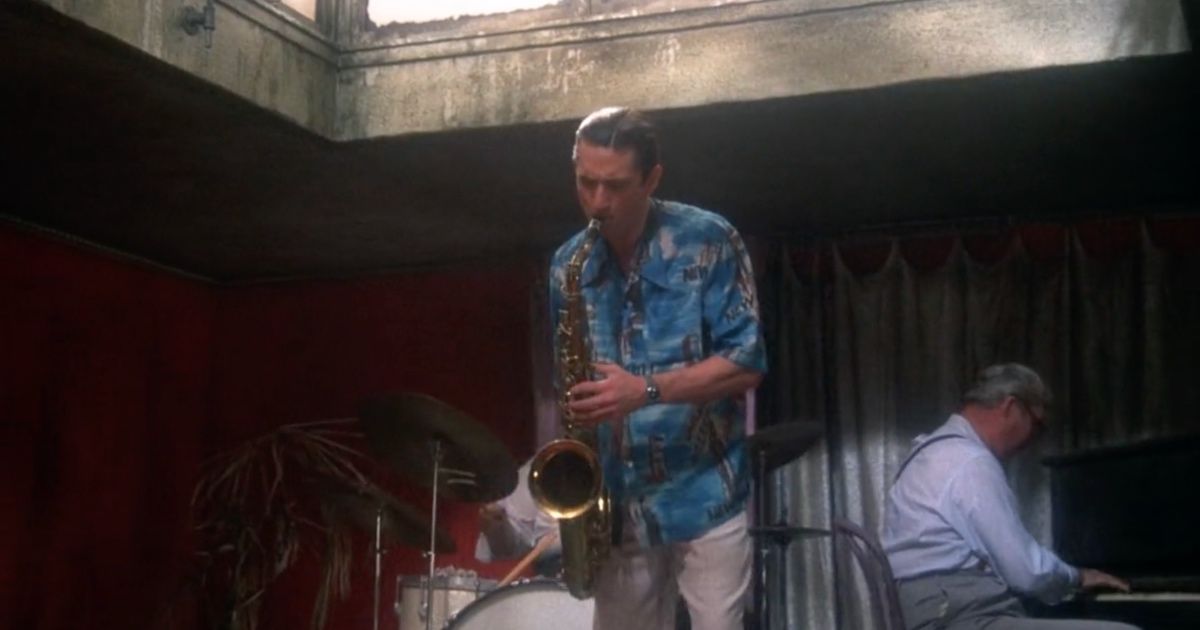
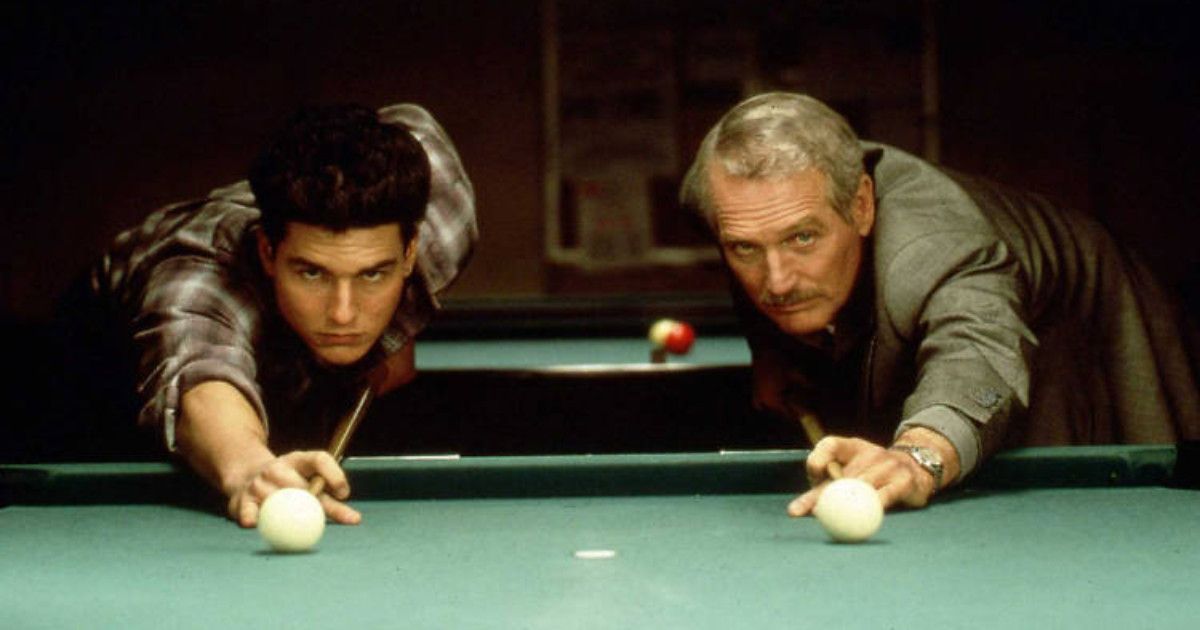
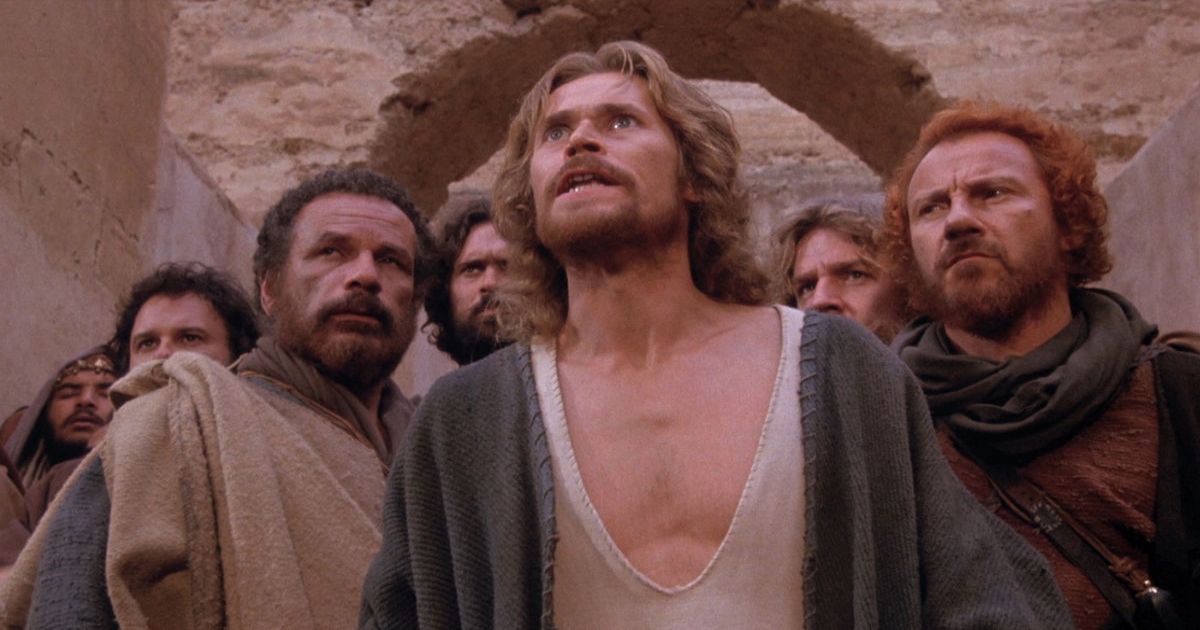
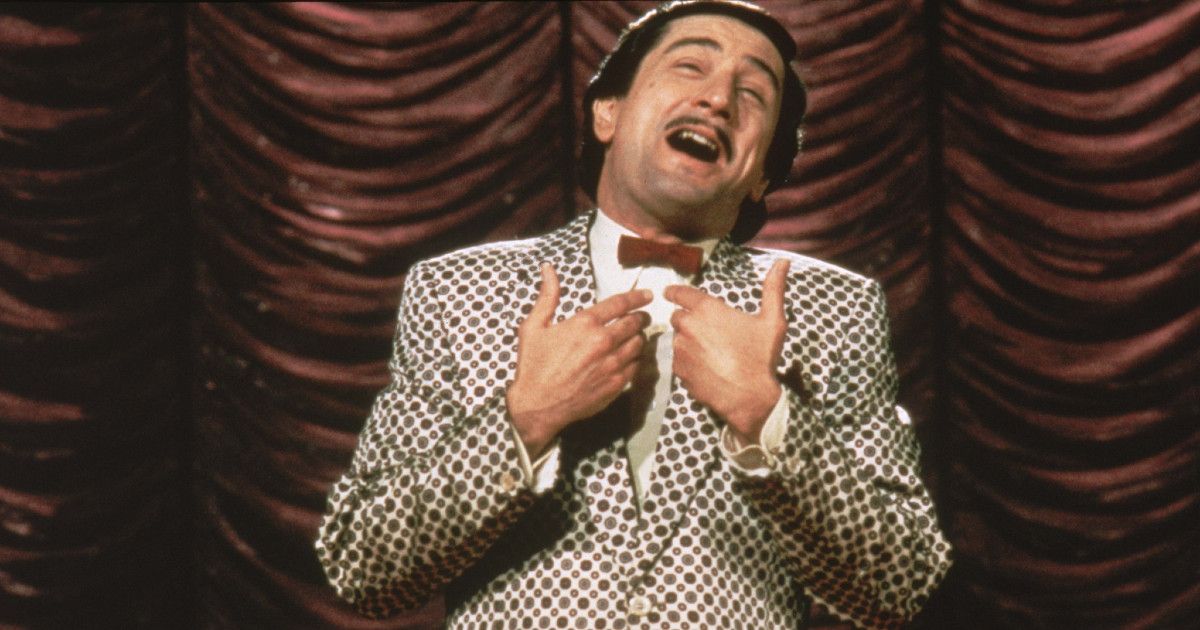
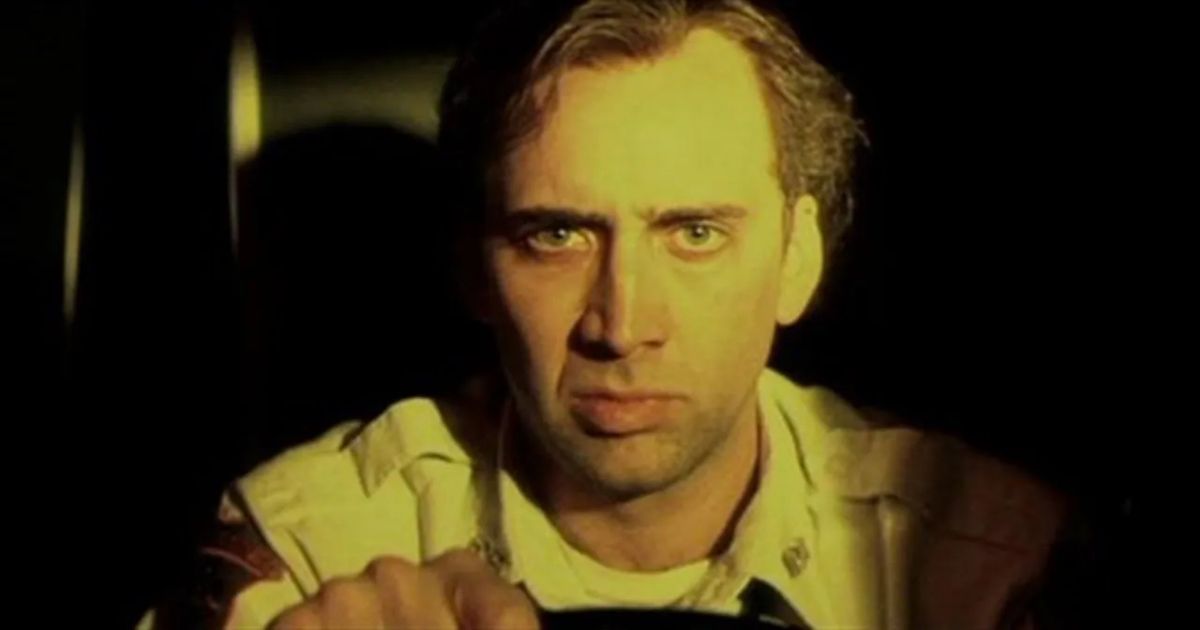
-Scorsese.jpg)
